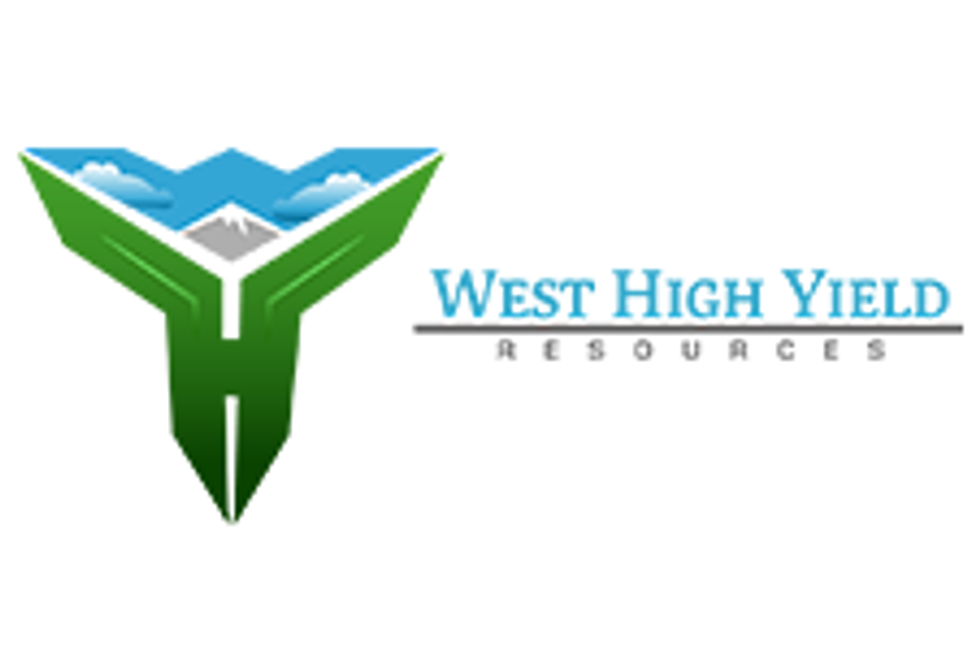Magnesium Mining Outlook 2016
A look at the outlook for magnesium mining going into 2016.

There’s no doubt that magnesium has plenty of uses. From airplane seating to air fuel cells, possibilities for the industrial metal are constantly expanding.
Certainly, a number of junior magnesium companies have been bringing their projects forward despite broader issues in the commodities space. For example, West High Yield Resources (TSXV:WHY) recently secured approval for two 10,000-tonne bulk samples from its major project areas, while MGX Minerals (CSE:XMG) also received a bulk sample permit for its Driftwood Creek magnesite project.
Meanwhile, on Tuesday, Korab Resources (ASX:KOR) announced a memorandum of understanding with representatives of the Chinese steel industry regarding its Winchester magnesium carbonate project. Both parties will explore funding for Winchester, offtake agreements with the Chinese steel industry and a potential listing in either Shanghai or Hong Kong for Korab’s subsidiary, AusMag.
But beyond that, unlike copper or gold, it can be different for investors to get information about the magnesium market. To help on that front, the Investing News Network reached out to E. Lee Bray, acting US Geological Survey mineral commodity specialist for magnesium, to find out more about the magnesium space in 2015 and what investors can expect for magnesium mining next year.
As per his role at the US Geological Survey, Bray does not provide investment advice or make formal quantitative forecasts about the market. That said, he was still able to provide a closer look at what’s been going on in magnesium mining.
Supply
Overall, Bray stated that magnesium production in China decreased more sharply than expected in 2015, dropping from roughly 874,000 tonnes in 2014 to roughly 800,000 tonnes in 2015.
“I think the biggest news in the magnesium market was the decline in production in China,” he said. “Driven by a variety of factors, including government-mandated shutdowns of older and less efficient plants, low export demand and slower growth in domestic demand, the magnitude of the decline in production was a surprise to me.”
Production also declined slightly in Israel due to a strike at a bromine facility owned by Dead Sea Works and ICL (NYSE:ICL) (that shutdown prevented the use of chlorine from the company’s magnesium production process, creating an ecological risk that forced Dead Sea Works to shut down its magnesium plant). Bray believes that a proposed natural resource tax in the country would have more of an effect on potash production than magnesium, but admitted that “[s]imilar short-term events may occur as the tax is implemented at the start of 2017.” Still, he doesn’t see that causing major disruptions for customers.
Demand
In terms of demand, Bray stated that the magnesium industry continued to increase its market share for end-use products in 2015. “The trend of lightweighting automobiles is an ongoing transition, and the substitution by magnesium for other metals in some cast parts continued,” he said. “The consumption of magnesium in aluminum alloys used for automobile sheet is also increasing, and is expected to continue.” Bray added that he expects other markets to open more slowly as well.
Also of note this year was the approval of magnesium alloys for use in seat frames on aircraft. Certainly, that was big news for companies like Magnesium Elektron, which have been working to get such approval for years. However, Bray suggested that the use of such alloys for commercial aircraft won’t happen in the immediate future.
“I expect that in about two or three years major aircraft manufactures such as Airbus (ETR:AIR) and Boeing (NYSE:BA) will adopt the seats with magnesium alloys containing rare earths,” he said. “I also expect that existing aircraft will be refitted with seats using magnesium alloy frames at about the same time.”
2016 magnesium mining outlook
Moving forward into next year, Bray expects demand for magnesium from the auto industry to continue to increase as aluminum alloys containing magnesium continue to be used in vehicles such as the Ford (NYSE:F) F-150 truck. That said, he also stated that “the shutdown of some primary aluminum smelting capacity might cause an overall drop in magnesium consumption in the US.”
Overall, Bray suggested it will be important to keep an eye on the capacity of the magnesium industry in China. “The Qinghai Salt Lake magnesium plant could increase supply dramatically (reported capacity would be 100,000 tonnes per year),” he said. “If this capacity forces other plants to shut down or if other plants are able to continue producing remains to be seen.”
He also mentioned that it might be worth following developments regarding the proposed natural resource tax in Israel to see if any changes are made that could effect magnesium production there.
Finally, in terms of companies to watch, Bray pointed to “those proposing to build plants in the US and Canada to produce magnesium from dolomite and asbestos mine tailings.”
“The feasibility of these proposed projects is still being determined, but progress is being made on at least one of these,” he said. “These companies are Nevada Clean Magnesium (TSXV:NVM), Alliance Magnesium and Mag One Products (CSE:MDD).”
For more information see the latest annual report on magnesium from the US Geological Survey.
Securities Disclosure: I, Teresa Matich, hold no direct investment interest in any company mentioned in this article.
Editorial Disclosure: Nevada Clean Magnesium, MGX Minerals and West High Yield Resources are clients of the Investing News Network. This article is not paid for content.
Related reading:
Magnesium Outlook 2015: Demand to Increase Gradually
